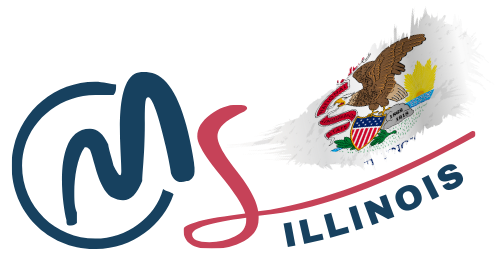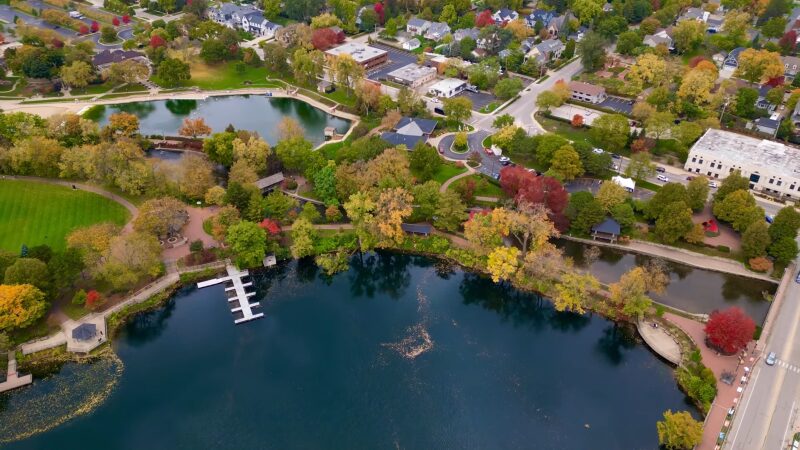Between 2000 and 2023, the population grew by 21,067, reflecting a steady increase in residents. The city has maintained this momentum into 2024, reaching a population of 150,520.
Naperville’s average annual growth rate stands at 0.18%, demonstrating significant stability in its development trajectory.
Renowned for its vibrant community and high standard of living, the city consistently attracts new residents. Currently, Naperville’s average household income is $184,743, paired with a low poverty rate of 4.33%.
As the fourth largest city in Illinois, Naperville holds a unique position within the state. The growth rate might not be the fastest compared to some other cities, but its consistent rise marks it as a noteworthy example of urban development.
Population Trends in the 20th Century
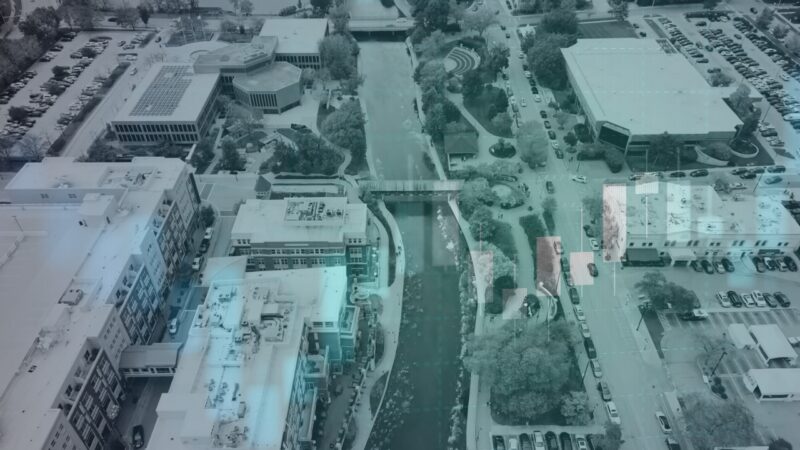
The 20th century was a period of rapid growth for Naperville, especially from the 1960s through the 1990s.
The city’s population experienced a boom, particularly driven by suburbanization and the expansion of transportation networks.
Notably, the population tripled in size during the 1980s and 1990s according to Urban Institute.
By 1993, Naperville had expanded to 50 square miles, making more space for residents. In 2000, the city had 128,358 inhabitants.
These trends highlight the city’s shift from a modest village to a significant suburban hub.
Current Population Statistics of Naperville
As of 2024, Naperville’s population stands at approximately 150,520 as per World Population Review. The city is growing at an annual rate of 0.18%. This marks an increase from the 2020 census, which recorded 149,419 residents.
The population density is a reflection of this growth, with residents enjoying a well-balanced living environment. The ongoing development efforts aim to accommodate this increasing population while maintaining the city’s charm and livability.
Median Age Distribution
Category
Median Age
Total
39.5
Male
38.9
Female
39.9
The median age of Naperville is 39.5 years, with females having a slightly higher median age (39.9) than males (38.9).
Adult Population
Category
Population
Total Adults
112,062
Seniors (65+)
20,733
Naperville is home to 112,062 adults, with 20,733 of them being seniors. This indicates that roughly 18.5% of the adult population are senior citizens.
Age Dependency Ratios
Ratio Type
Value
Age Dependency Ratio
63.2
Old Age Dependency Ratio
22.7
Child Dependency Ratio
40.5
The Age Dependency Ratio of 63.2 suggests that for every 100 working-age individuals, there are about 63 people who are either too young or too old to work. Of this, the Old Age Dependency Ratio is 22.7, indicating a smaller proportion of elderly dependents compared to the Child Dependency Ratio of 40.5, which points to a larger number of dependent children.
Naperville Sex Ratio
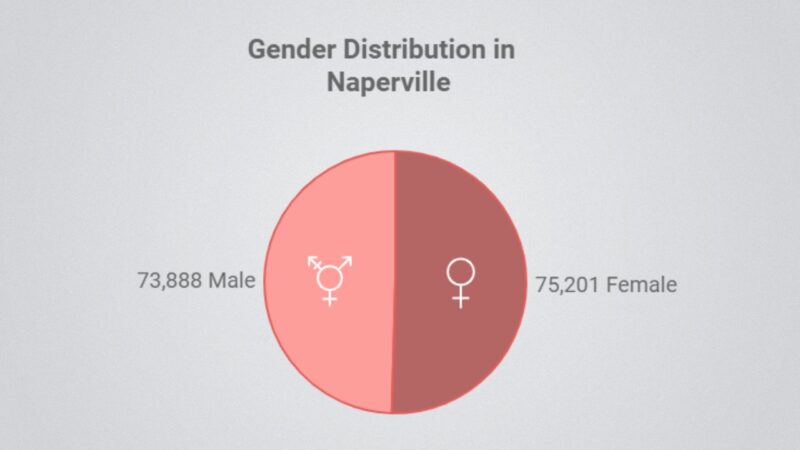
The sex ratio in Naperville is almost evenly split between males and females, with females making up slightly more than half (50.44%) of the population.
Household Income
In 2022, the median household income in Naperville, Illinois, reached $143,754, marking an increase from the previous year’s value of $135,772. This data is based on a total of 53.8k households in Naperville, reflecting the city’s continued economic growth as per Data USA.
Neilsberg says that as of 2024, the median household income in Naperville, Illinois, has risen to $184,743. This indicates strong economic conditions in the city, with a relatively low poverty rate of 4.33%. The city continues to show signs of economic prosperity with this growth in household income.
Major Ethnic Groups
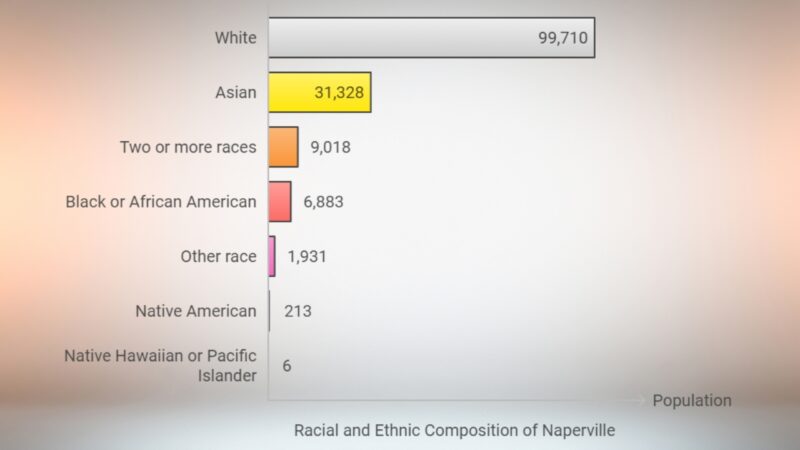
The main ethnic groups in Naperville include Whites, Asians, African Americans, and Hispanics. Asians represent 21.01% of the population, contributing significantly to the city’s cultural fabric with vibrant festivals, cuisine, and businesses.
Whites remain the majority at 66.88%, with a strong presence in various industries and community services. African Americans make up 4.62%, and their influence is noticeable in music, art, and local governance.
Employment and Industry Expansion
Naperville has experienced significant employment and industry expansion over the past two decades, driven by both local businesses and large corporations.
Companies such as Indian Hill Bell Labs (later known as Lucent) and Amoco Chemicals have played a crucial role in bolstering the local job market by expanding their operations and workforce.
This corporate growth, coupled with the influx of new businesses between 2000 and 2023, has contributed to an average annual population growth rate of 0.71% according to BLS.
Several industries have flourished during this period, particularly technology, research, and health services.
These sectors have attracted a skilled workforce, and the ongoing economic development has fostered innovation and diversification in employment opportunities.
The health services sector, for instance, saw a 2.9% rise in the Chicago metropolitan area, which includes Naperville, compared to a national increase of 4.2% in 2024. This demonstrates Naperville’s role in the regional expansion of specialized industries.
Effects on Local Business Landscape
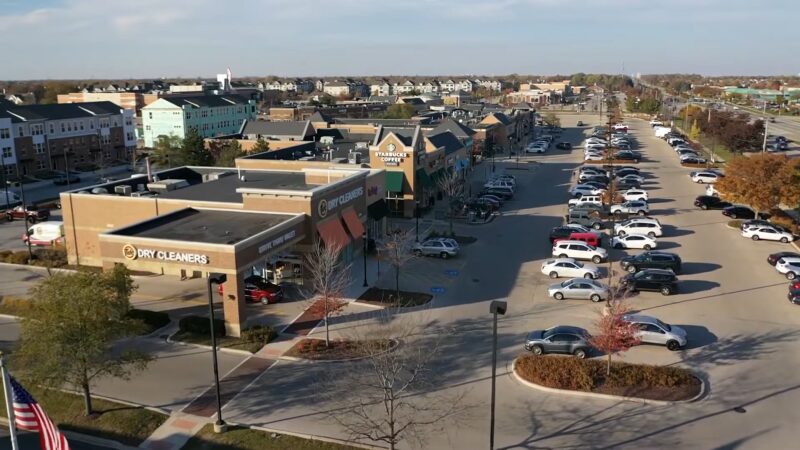
Naperville’s rapid population growth over the past two decades has had a transformative effect on the local business landscape, leading to an increase in the number of retail, dining, and service establishments. As the city’s population swelled, so did the demand for a variety of goods and services, prompting the rise of new businesses and the expansion of existing ones.
The 2023 Annual Report, says that this economic activity has had a dual effect: it has improved the quality of life for residents by offering more diverse shopping and dining options, and it has also significantly boosted the local economy.
Commercial spaces throughout the city have filled up with unique shops and eateries, contributing to the city’s prosperity. Existing businesses have also benefited from the steady inflow of consumers, creating a competitive economic environment that drives innovation and service quality improvements.
Naperville’s commercial sector has become an essential part of the city’s identity, and much of this growth can be attributed to the rising population and the needs that accompany it. Local enterprises are increasingly competing by offering high-quality products and services, which in turn draws in more consumers, creating a sustainable cycle of economic growth and business vitality.
Educational Infrastructure
Naperville’s public schools, part of Naperville Community Unit School District 203 and Indian Prairie School District 204, are well-regarded for their academic excellence and comprehensive programs. Enrollment figures for District 203 show a total of 16,719 students as of the latest report, while District 204 serves a larger population of 26,706 students according to the Illinois Report Card for District 203.
These numbers reflect a steady rise in enrollment as the city continues to grow, necessitating adjustments in school capacity and resources.
To manage this growth, many schools have expanded their facilities through renovations and new construction projects. Investments in technology and modern classroom environments are preparing students for success in a digital world.
Efforts to maintain optimal student-teacher ratios are ongoing, with the goal of ensuring individualized attention and high academic performance. The strong emphasis on extracurricular programs also allows students to engage in a well-rounded education.
Impact on Higher Education Facilities
Naperville is home to several higher education institutions, most notably North Central College, a liberal arts college that has seen increased demand due to population growth. To meet this demand, the college has expanded its academic programs, student services, and campus facilities.
The growing number of high school graduates in Naperville has driven an increase in enrollment in these institutions, creating a need for expanded educational offerings.
In addition to North Central College, Naperville provides access to continuing education programs through local community colleges. These programs support adult education and professional development, helping to meet the needs of the local workforce.
By producing well-educated residents, the city aligns its educational infrastructure with its economic goals, ensuring that Naperville remains a hub for both academic and economic growth.
Transportation and Traffic Management
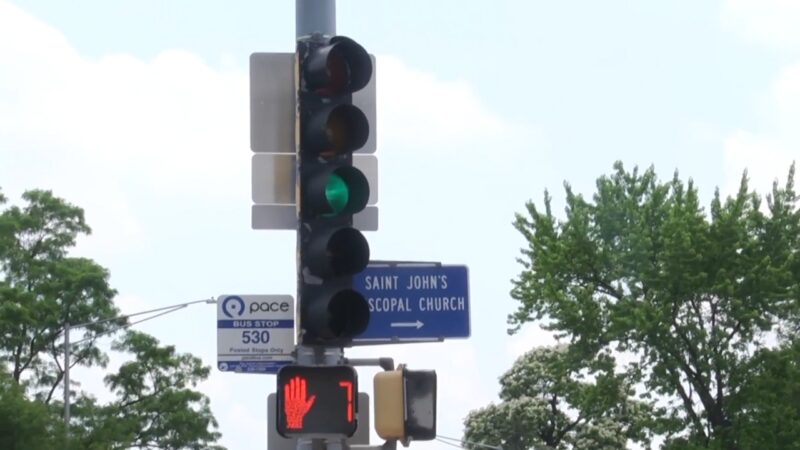
- North Aurora Road Improvement Project: This project aims to expand North Aurora Road between Pennsbury Lane and Frontenac Road, creating two lanes of traffic in each direction and a center turn lane to help alleviate congestion in a high-traffic area. This is a significant step in improving road capacity in Naperville.
- Metra Commuter Rail Services: Naperville benefits from robust Metra train services, which connect the city to Chicago and other suburbs. Expanding and improving public transit, particularly during peak hours, remains a key priority to reduce car dependency and ease road congestion.
- Sustainable Transportation Initiatives: Naperville is working on enhancing pedestrian pathways and bicycle lanes to promote eco-friendly transportation options. Encouraging more sustainable travel methods is a long-term goal for reducing vehicle traffic.
Comparative Analysis with Similar Cities
Between 2000 and 2023, it experienced a consistent annual population increase, similar to cities like Cary, North Carolina, and Gilbert, Arizona. Urban sprawl, improved infrastructure, and economic opportunities have driven population growth in these areas.
Just as Naperville has grown 16.31% since 2000, Gilbert also witnessed significant growth, fueled by robust economic development and high living standards. Both cities offer suburban appeal with close proximity to major urban centers, enhancing their attractiveness to new residents.
Future Projections and Trends
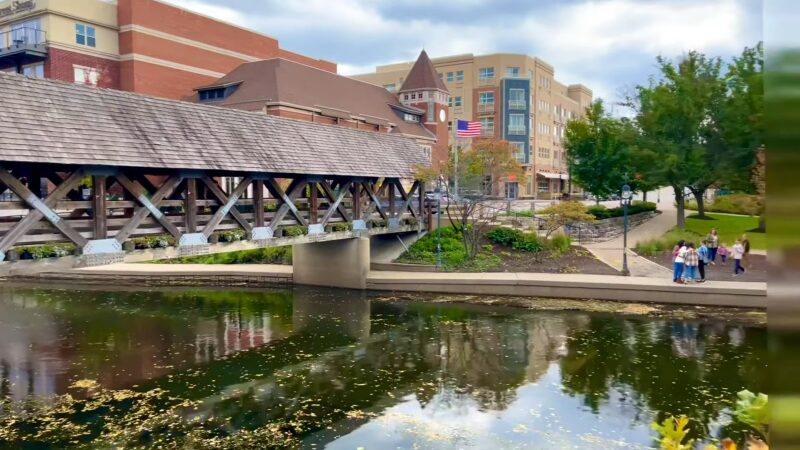
The population in Naperville, Illinois, is projected to reach 152,925 by 2030, reflecting a 1.8% increase from 2025. Such growth suggests a gradual yet sustained demographic shift that will likely impact various community facets, including housing, education, and public services.
As highlighted by the Naperville 2030 forecast, this increase is moderate compared to other urban areas, indicating stable and steady growth.
Factors contributing to this demographic shift include an increase in median household income, which stands at $184,743, and a low poverty rate of 4.33% as of 2024.
These economic indicators point towards a predominantly affluent community likely to attract higher-income residents and professionals, further influencing the demographic composition.
Conclusion
Naperville’s population continues to grow steadily, reflecting various factors that make it an attractive place to live.
Similarly, Peoria’s population has evolved over the years, showcasing its own unique trends.
Over the last two decades, the population has increased by approximately 21,067 people. This trend demonstrates consistent growth.
In 2024, Naperville’s population is recorded at 150,520, indicating a 0.18% annual growth rate.
Income levels in Naperville are notably high, with an average household income of $184,743. This economic stability contributes to its desirability.
Although Naperville is the fourth-largest city in Illinois, its growth rate is described as average compared to other cities of similar size.
These details offer a clear view of the factors driving the population trends in Naperville.
